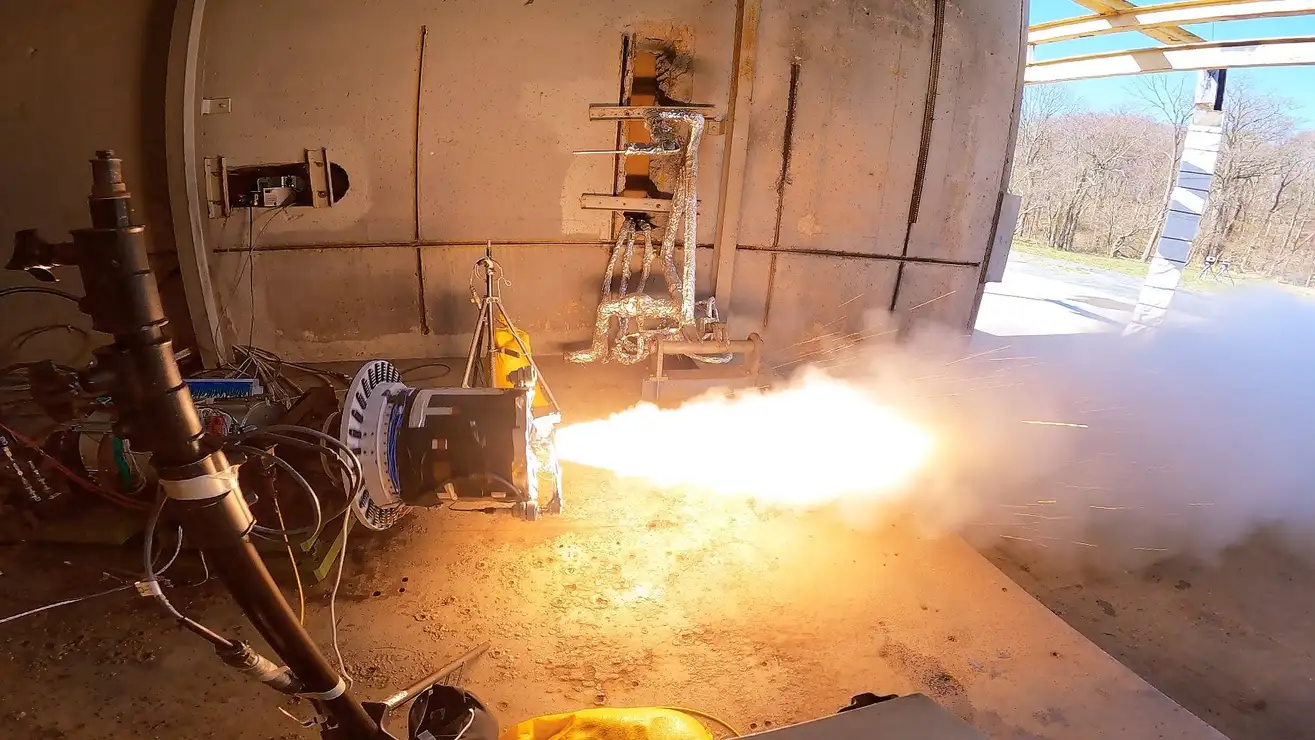NASA’s been hard at work on Mars, thanks to the Perseverance rover. This robot has been busy picking up rock samples from the planet’s surface. But how do we get those samples back to Earth?
The MAV is like a space delivery truck. It’s designed to launch from Mars, carrying the rock samples that Perseverance has collected. Recently, NASA tested parts of this vehicle to make sure it can handle Mars’ cold weather.
Benjamin Davis, a bigwig at NASA working on the MAV, said, “We’re now able to make a spacecraft that can go to Mars, pick up samples, and send them into space so they can come back to Earth.” This is a big deal, showing that NASA’s on the right track.
This mission, called the Mars Sample Return, is super complex. Imagine sending a bunch of gadgets, like helicopters and the MAV, to work together on another planet. MAV’s job is to be the first-ever rocket to take off from another planet.
So, how does MAV work? It’s a two-part rocket. The first part, SRM1, helps it take off from Mars. The second part, SRM2, makes sure the rock samples are set on the right path around Mars. Later, another spacecraft will grab them and bring them home.
The tricky part? Mars is super cold! So, NASA came up with a new design for a nozzle (a part of the rocket) to handle it. This nozzle did pretty well in tests, reaching a level six out of nine in NASA’s tech ratings. But NASA wants to test it more to make sure it’s 100% ready.
There’s some drama, though. The mission has been more expensive than planned, and it might face some delays. Some folks in the Senate are keeping a close eye, wanting to make sure NASA sticks to its budget.
But, fingers crossed, if all goes well, we might have Martian rock samples back on Earth in the 2030s. This would be huge, helping us learn a lot more about our space neighbor, Mars. As NASA keeps pushing forward, we’re all waiting eagerly to see what they discover next.
